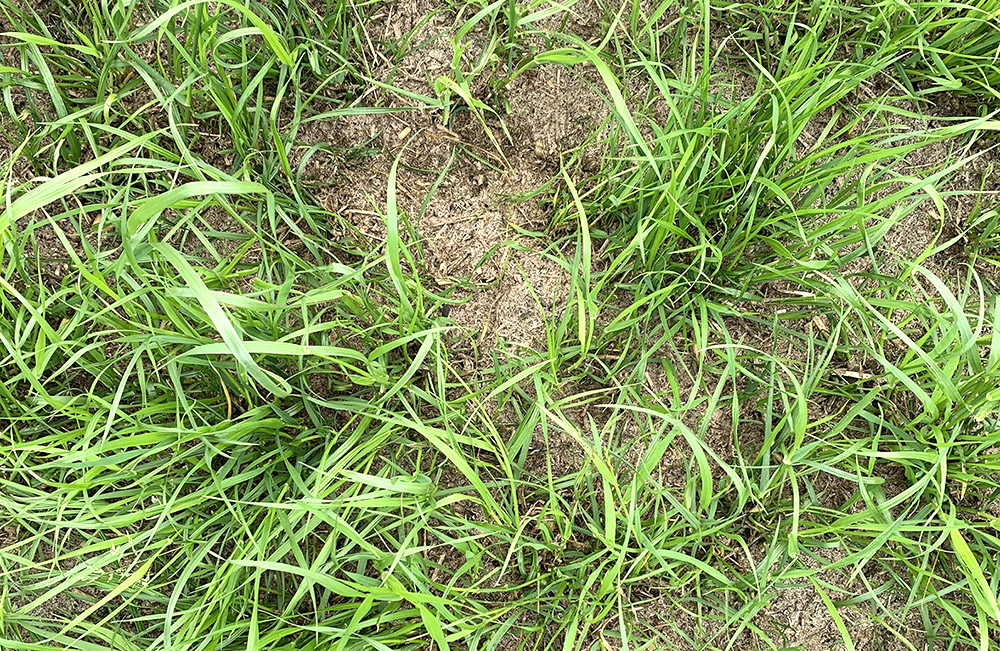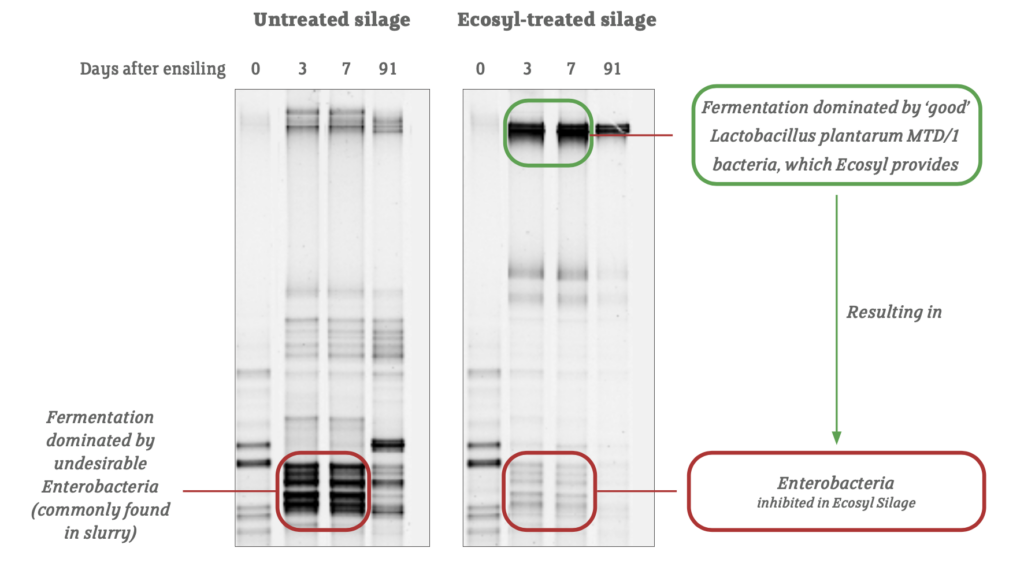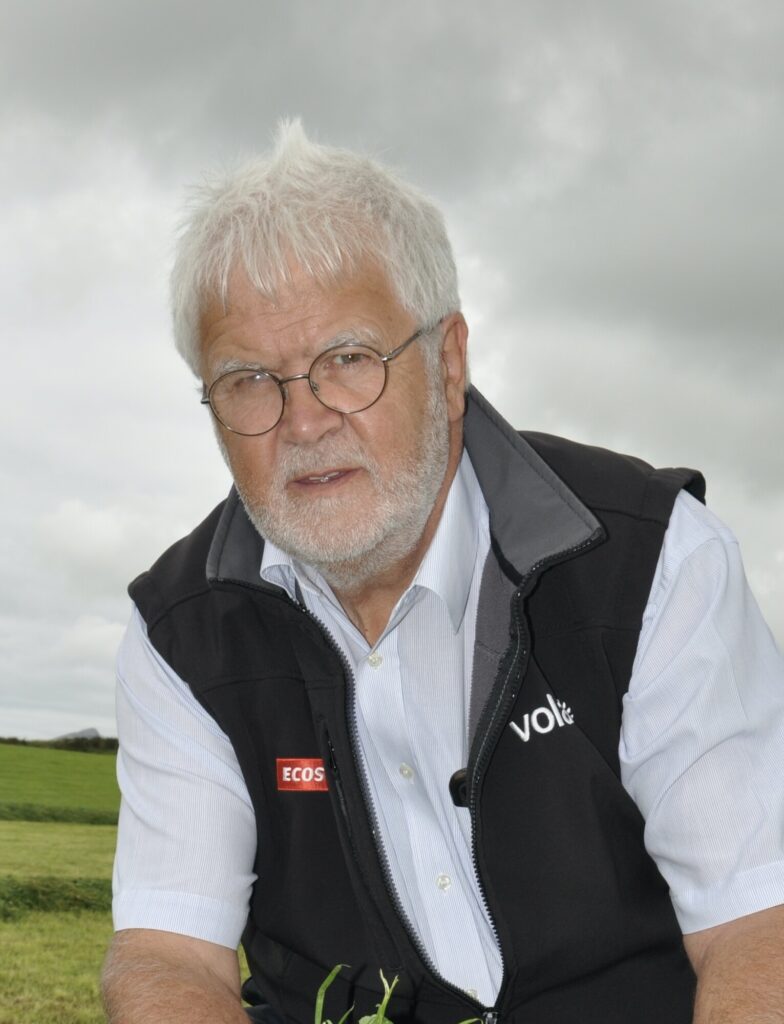How to minimise the impact of wet weather on silage
16th April 2024
After a wet winter, increased wheel ruts in fields and delayed slurry applications, there is an increased risk of soil and slurry contamination in first-cut grass silage, Volac has warned farmers.

Uneven, rutted field surfaces left by machines such as fertiliser spreaders travelling on wet land, increase the risk of soil bacteria – such as clostridia – getting into silage crops at harvest, an expert at Volac has advised.
“Clostridia feed on the sugars and proteins in grass,” says Volac’s Ecosyl silage specialist Peter Smith, “but they can also feed on lactic acid, which is the beneficial acid produced during fermentation which preserves silage. They waste up to half the dry matter (DM) and a fifth of the energy contained in the lactic acid they consume. Clostridia also produce compounds that make silage less palatable, which can reduce silage intakes.
“Meanwhile, late slurry applications reduce the time available for slurry bacteria to decline before first cut is taken. Enterobacteria, which are found in slurry, waste about 40% of the DM and 16% of the energy contained in the grass sugar they ferment.”
Ideally, Mr Smith says there should be a 10-week gap between slurry application and cutting grass for silage. For anyone who typically cuts on 15th May, this means slurry should have been applied by 6th March, but few farmers managed this, he adds.
“Always apply slurry as soon as possible after taking a cut of silage as this can reduce slurry contamination as the sward might be able to grow through the applied slurry layer. But there’s less chance of this with heavy grass crops,” he points out.
“To reduce soil bacteria risks, roll rutted and uneven fields, where this is an option. But be aware that if there is heavy grass cover, rolling can check grass growth. Also, when making silage, make sure machines such as tedders and rakes are set up correctly so they are not constantly raking soil into the grass. Far too many rakes and tedders scratch the ground when the tractor is stationary, showing that the machine is set too low.”
Wherever slurry or soil contamination is a risk, Mr Smith says wilting cut grass rapidly to 30% DM will help by allowing unwanted microbes less time to act on the crop – although this is not always possible, he acknowledges. “You don’t want to ensile grass too wet in these situations. Drier silage is more forgiving,” he adds.
“Equally, treating with a proven silage additive is important. By dominating the fermentation with large numbers of efficient, lactic acid-producing bacteria from a proven additive, it will help to quickly reduce the pH and overcome the undesirable bacteria – leaving a more palatable silage of higher energy to feed.

“Research on the additive, Ecosyl, has shown it to produce a very fast pH fall soon after ensiling, with DNA fingerprinting – a technique used in forensics – providing visible evidence of its effect. While untreated silage quickly became dominated by enterobacteria, there was very little growth of enterobacteria in the treated silage as the beneficial MTD/1 bacteria in Ecosyl dominated the fermentation.
“Whenever silage is made, best practice clamp management techniques – such as effective consolidation, sealing and weighting – are always important. But when there are heightened risks of soil and slurry bacteria contamination, their importance for creating the correct clamp conditions cannot be overstated.”
Book your free on-farm silage consultation.
Read more arable news.


